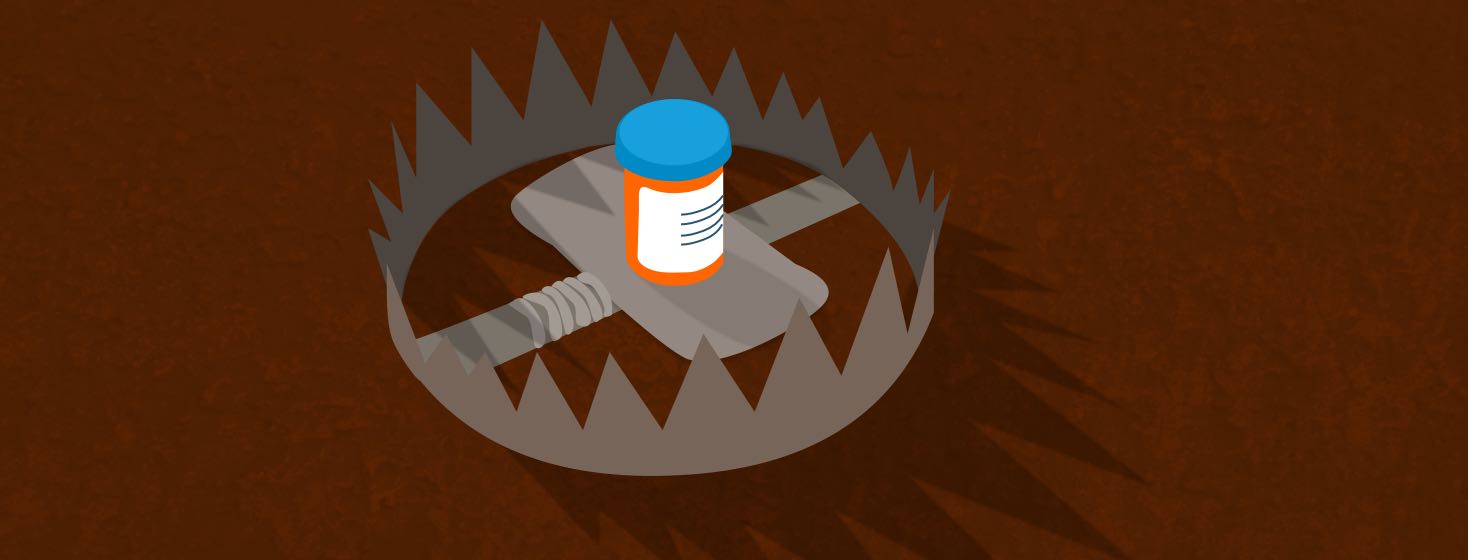Likely Vs Unlikely Vs Reality: Side-Effects in Clinical Trials
Participating in a clinical trial, I was gifted with a printout of what I might expect during the process. Included in this stack of papers were a few lists and disclaimers. My favorite was under the heading: What Are the Possible Risks and Discomforts?
Unpredictable risks and discomforts
That section started out with a brief explanation that these risks and discomforts are impossible to predict. It went on to prepare participants for the possibility that they may also not affect us until some time in the future after the study was concluded. Then there was a list of "likely" and "less likely" side-effects. In other words, "we don't know for sure what this is going to do, when it will do it, or how bad it is actually going to be -- but here are some examples, anyway."
Weighing the options
The objective of clinical trials is to put something new and essentially untried to the test. That process includes experimenting with high dosage levels to determine tolerance levels and what the highest "safe" dosage will be. Because of my (relatively) youthful age and overall good health, no doubt influenced by the high probability that my cancer would kill me if something more drastic was not done to treat it, I went into the trial at the maximum dose possible.
The fact that there is a list of "likely" and "less likely" side-effects is a tip-off that this was not the first time this drug was tested. In fact, it already had a successful Phase One trial and multiple Phase Two trials are well underway, with patient responses exceeding expectations. In cancer treatment, especially within the newly expanding area of targeted therapies, it is common to see a lot of excitement when a drug offers a 20% response in patients who previously had about a zero percent chance of targeting anything in their treatment.
A promising treatment outlook
The drug I was enrolling to try exhibited over a 60% response rate in the small sample of patients with my mutation. To me, that was like being given more than half of a map to the Holy Grail, with a good likelihood that I'd still be able to grab that chalice if I managed to navigate the portion I had in my hands.
From where I stood, the risk was far outweighed by the potential reward.
Even after experiencing a handful of the "likely" and almost every one of the "less likely" side-effects, I still could feel the pull of the Grail. The trial, which seemed to promise a more easily tolerated treatment than much of what I had experienced before, quickly became one of my most grueling.
It was not like chemotherapy, in that it did not affect my whole system, potentially killing any dividing cell in my body and indiscriminately affecting all of those non-cancerous types that divided rapidly. This drug narrowly targeted a mutation related to epidermal growth. It sounds like it should be a whole lot easier to tolerate -- but it is easy to forget that the epidermis is part of our body's largest organ, and affecting that is potentially huge.
Risk vs reward
Risk vs Reward is one of the most common discussions in oncology. Patients and doctors must address how well a toxic treatment will work against each cancer as well as the possible toll it will take in the process. Clinical trials are an integral part of honing down that risk vs reward discussion, offering data sets that can be extrapolated from. Somewhere in all of that data, my dose reduction will be reflected against the 75% reduction in tumor size achieved in the first eight weeks of treatment.
My contribution to the bigger picture
Going forward, more data will be collected about how my tumor responds to the lower dose, whether it continues to respond as well, and whether my side-effects remain as challenging. In the end, the quaint list of potential side-effects in the literature I was given will mean little compared to the reality of finally having a treatment that works, even with a struggle. And beyond that, it will mean even less compared to the small data contribution I am making to a much-bigger-than-me trial that may someday be responsible for saving the lives of patients who might otherwise have little cause for hope.
Editor’s Note: We are extremely saddened to say that on October 21, 2018, Jeffrey Poehlmann passed away. Jeffrey’s advocacy efforts and writing continue to reach many. He will be deeply missed.
Community Poll
Have you taken our In America Survey yet?

Join the conversation